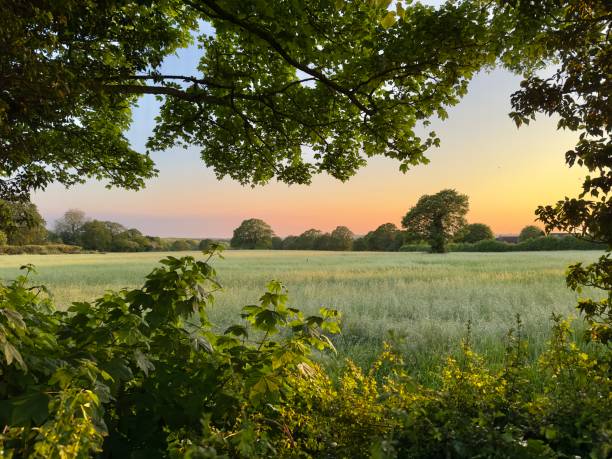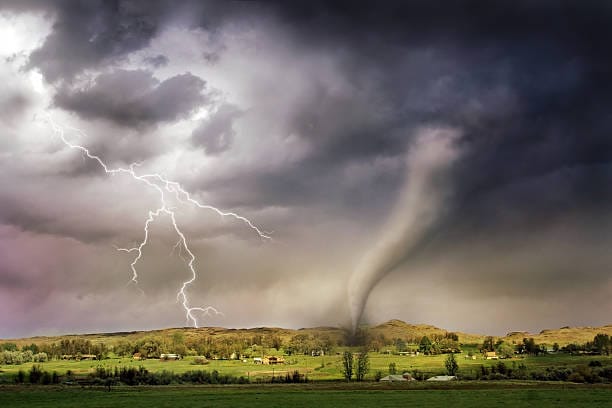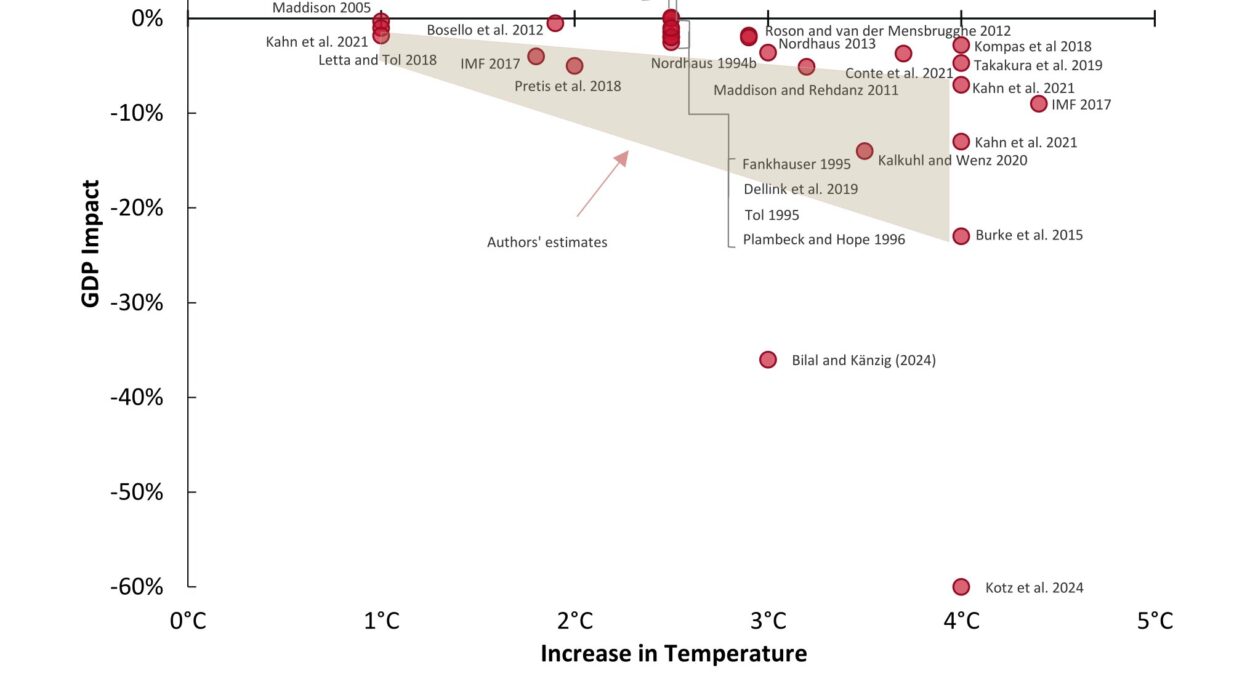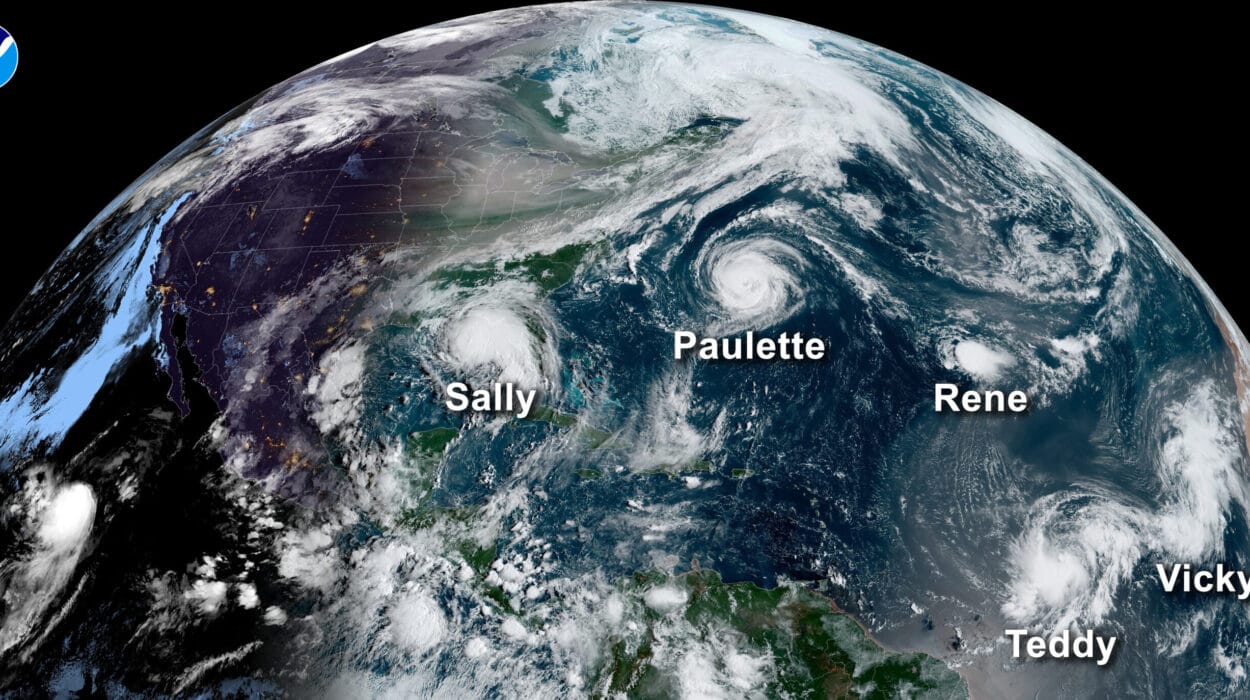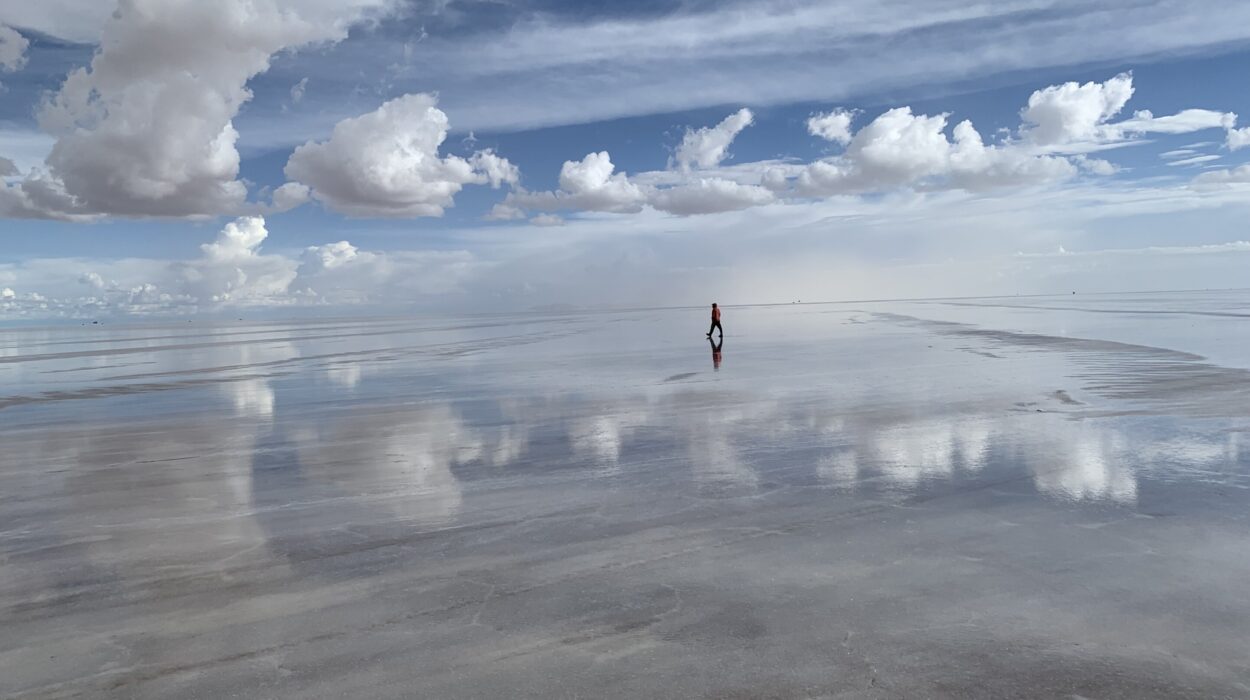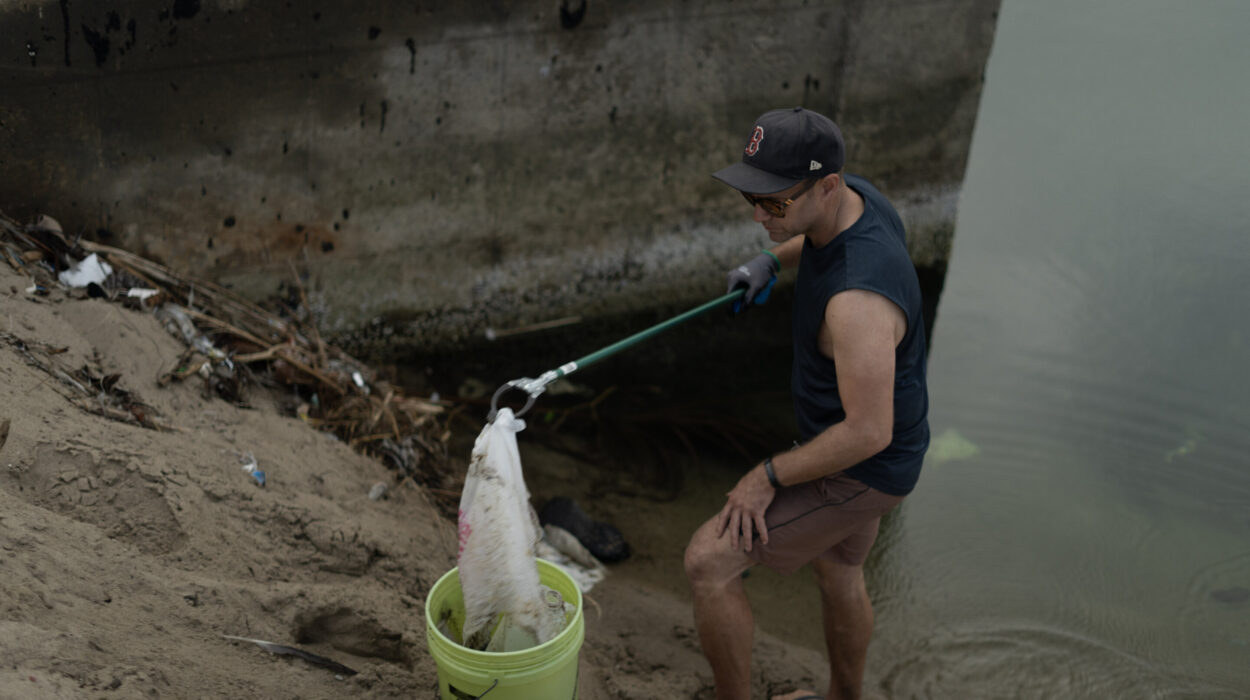There’s a kind of magic happening all around us—quiet, powerful, and ancient. You don’t see it when you look out your window. You don’t hear it when you walk through a forest or along a shoreline. Yet it’s there, humming behind the scenes. The Earth breathes, not like we do, but through invisible rhythms that span continents and centuries. These rhythms—called natural cycles—are the planet’s most vital systems. They move water from ocean to sky and back again. They recycle nutrients in the soil. They drive the winds, feed the forests, and balance the air we breathe. They are the Earth’s way of keeping life in motion.
But why should we care? Because when these cycles are healthy, life thrives. And when they’re broken or thrown off balance, we begin to feel the consequences—floods, droughts, deadly heat waves, food insecurity, and rising seas. Understanding Earth’s natural cycles isn’t just for scientists—it’s something that touches every part of our lives.
The Water Cycle: Earth’s Lifeblood in Motion
Water is never still. It flows, evaporates, falls, freezes, and flows again. The water cycle is perhaps the most familiar of Earth’s systems. But it’s far more complex than just rain and rivers. It’s the eternal journey of water through the oceans, the sky, the land, and back again. This journey begins with sunlight. When the sun’s rays hit oceans, lakes, and rivers, water transforms into vapor and rises into the atmosphere. There, it cools, condenses into clouds, and eventually returns to the Earth as rain or snow.
Once it falls, the water takes many paths. Some flows into rivers and back to the sea. Some soaks into the soil, feeding plants and underground aquifers. Some freezes into glaciers or sits quietly in lakes. And some becomes part of living things—circulating through the sap of trees, the blood of animals, and the cells of your own body.
This cycle doesn’t just move water. It shapes the climate, carves the landscape, and sustains every form of life. Without it, Earth would be a dead rock. And yet today, this cycle is under strain. Climate change intensifies storms, accelerates evaporation, and disrupts rainfall patterns, putting entire ecosystems at risk.
The Carbon Cycle: Nature’s Breath
Take a deep breath. The carbon in the air you just inhaled might have once been inside a tree, or deep in the ocean, or trapped in ancient rocks. Carbon is the foundation of life, and the carbon cycle is the Earth’s way of moving it around. Plants absorb carbon dioxide during photosynthesis. Animals eat the plants, and the carbon becomes part of their bodies. When living things breathe, decay, or burn, carbon is released back into the atmosphere. Oceans also play a massive role, absorbing and storing huge amounts of carbon.
For millions of years, this cycle remained in balance. But human activity—especially burning fossil fuels like coal, oil, and gas—has overloaded the atmosphere with carbon dioxide. This extra carbon traps heat, causing global temperatures to rise. It’s why the carbon cycle is at the heart of the climate crisis.
Fixing this imbalance isn’t just about cutting emissions. It’s about restoring forests, protecting soils, and understanding how carbon naturally moves through the Earth. Because carbon, though invisible, holds the power to either sustain life—or threaten it.
The Nitrogen Cycle: Feeding the Planet
Nitrogen is everywhere. It makes up nearly 80% of the air we breathe. But in that form, it’s useless to most life. For nitrogen to help build proteins, DNA, and other vital molecules, it has to be “fixed”—converted into compounds like ammonia or nitrates that plants can absorb. This is where the nitrogen cycle comes in.
Lightning can fix nitrogen in small amounts. But most of this work is done by bacteria in the soil and water. These microbes convert atmospheric nitrogen into usable forms, which are then taken up by plants. Animals eat the plants, and nitrogen continues moving through food webs. When plants and animals die, decomposers return the nitrogen to the soil—and some of it back to the air.
This cycle is delicate, and humans have disrupted it dramatically. By using synthetic fertilizers and burning fossil fuels, we’ve pumped enormous amounts of reactive nitrogen into the environment. This causes pollution, dead zones in oceans, and contributes to climate change. Once again, understanding the natural cycle is key to restoring balance. Because while nitrogen feeds the world, too much of it can poison it.
The Oxygen Cycle: The Breath of Life
Oxygen is life. Every breath you take is a testament to the oxygen cycle. Like the carbon and nitrogen cycles, it’s driven by the interactions between living organisms and the atmosphere. Plants, algae, and cyanobacteria release oxygen during photosynthesis. Animals and other organisms consume it through respiration, converting it back into carbon dioxide.
This cycle also involves the oceans, where tiny phytoplankton produce much of the Earth’s oxygen supply—more than all the forests combined. Deep in the Earth, oxygen interacts with minerals, and in the upper atmosphere, it helps form the ozone layer that shields life from harmful radiation.
Disruptions to this cycle—such as deforestation, ocean acidification, and climate change—can reduce the planet’s oxygen-producing capacity. It’s a reminder that even the air we breathe depends on a complex dance of natural systems we often take for granted.
The Phosphorus Cycle: A Slow, Steady Essential
Unlike other cycles, phosphorus doesn’t have a gaseous phase. It doesn’t circulate through the air. Instead, it moves slowly through rocks, soil, water, and living things. But don’t let that fool you. The phosphorus cycle is essential to life. Phosphorus forms part of DNA, RNA, and ATP—the energy currency of cells.
It begins with weathering. Rain and wind break down rocks, releasing phosphorus into the soil and water. Plants absorb it, animals eat the plants, and it cycles through ecosystems. When organisms die, decomposers return phosphorus to the earth. Some ends up in rivers and oceans, where it may settle into sediments and eventually become rock again—a process that takes millions of years.
The problem arises when humans speed up this cycle. We mine phosphate rocks to make fertilizers, and runoff from agriculture overloads rivers and lakes with phosphorus. This causes algal blooms, which choke ecosystems and create dead zones. Like the other cycles, the phosphorus cycle must be respected. It’s a finite resource, and without it, life as we know it cannot exist.
The Rock Cycle: Earth’s Long Memory
Beneath our feet, another cycle moves at a geological pace. The rock cycle is the transformation of Earth’s crust through time—igneous rock forming from molten magma, then weathering into sediment, compressing into sedimentary rock, and being altered by heat and pressure into metamorphic rock. Eventually, any rock can melt again and restart the cycle.
It’s slow, but powerful. This cycle recycles Earth’s crust, builds mountains, opens ocean basins, and influences the carbon and water cycles. Volcanic eruptions release gases into the atmosphere, while tectonic movements shape the climate over eons.
Understanding this cycle helps us grasp Earth’s history and predict future changes. It reminds us that the planet is not a static ball of stone—it is dynamic, alive in its own way, and always evolving.
The Energy Cycle: Powering the Planet
Every natural cycle on Earth is ultimately driven by energy—from the sun and from within the Earth. The energy cycle isn’t a traditional biogeochemical cycle, but it’s what makes all the others possible. Sunlight powers photosynthesis and drives the water cycle. Geothermal energy stirs the mantle and fuels volcanic activity.
Energy flows, not recycles. Once used, it disperses. But the way energy moves through ecosystems—from the sun, to plants, to herbivores, to predators, and finally to decomposers—shapes the very structure of life. Human society, too, depends on energy: fossil fuels, electricity, solar power. And our energy choices determine how we impact other natural cycles.
Recognizing how energy flows through Earth helps us make wiser decisions. Because in every beam of sunlight, every wave crashing on a shore, and every bolt of lightning, the Earth whispers its power—and its limits.
Why These Cycles Matter More Than Ever
It’s tempting to think of natural cycles as background processes—things that just happen. But they are anything but passive. They are Earth’s survival systems, and they depend on balance. For millions of years, these cycles kept the planet habitable through ice ages, asteroid strikes, and tectonic upheavals. Life adapted and endured.
But today, something different is happening. Human activity is altering these cycles faster and more dramatically than nature can compensate. The carbon cycle is overwhelmed with greenhouse gases. The water cycle is thrown off by melting ice and changing rainfall. Nitrogen and phosphorus cycles are overloaded by agriculture. Oceans are acidifying, forests are shrinking, and species are disappearing.
We are not separate from these cycles. We are part of them. Every breath, every bite of food, every drop of water we use connects us to Earth’s natural rhythms. And every action we take—whether building cities, burning fuel, or farming land—ripples through these systems.
Understanding these cycles is the first step to healing them. And healing them is the only way to ensure a future where life can still thrive.
A Planet in Balance
When we look at Earth from space—a blue marble suspended in darkness—we see beauty. But what we don’t see are the cycles that make that beauty possible. The invisible flows of carbon and nitrogen, the endless cycling of water and rock, the quiet pulse of oxygen and phosphorus. These are not just scientific concepts. They are Earth’s poetry, written in chemistry and time.
They are the reason trees grow, rivers run, and clouds form. They are the threads that connect rainforests to oceans, deserts to glaciers, and you to every other living thing. They are fragile, and they are powerful. And now, more than ever, they need our attention.
Earth’s natural cycles are not ancient relics to be admired from afar. They are living systems we must understand, protect, and live in harmony with. Because in the end, the health of these cycles is the health of our world—and ourselves.
